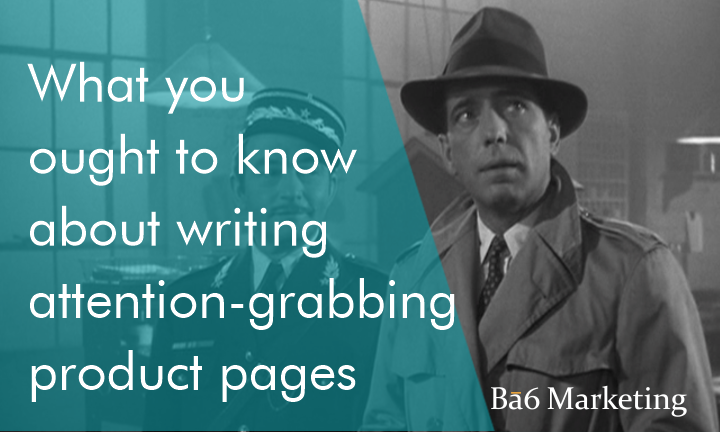Product or service pages full of corporate-speak and lifeless features are as likely to convert a visitor into a customer as flies take to vinegar.
Take a look at a few well-known brands. Do they grab your attention? Do they entice you to buy? Is the copy conversational or as dry as day-old toast?

How about this one?
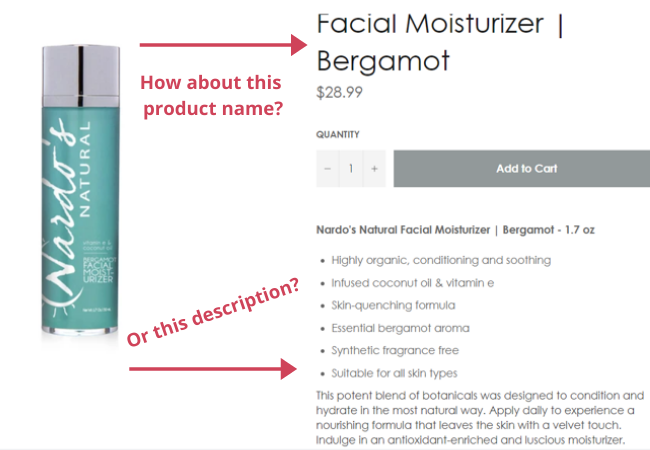
You have 3-4 seconds to grab your reader’s attention before they high-tail it off your page!
If your product are services pages are drab or feel like they’re talking AT your reader instead of drawing them into the conversation, you’ll likely lose their attention…and the sale.
Potential customers also don’t want to hear how great you think your product/service is…they want to know what’s in it for them. How can you help them solve their problem?. And answer the question “Can I trust you?”
Your page is the start of a conversation
Product/services pages are a conversation…in writing…that answers the burning questions on their mind and helps your reader find a solution.
To get in the head of the reader so copy engages them, start with VOC (voice-of-customer) research. The data helps you get into their heads, understand what’s frustrating your ideal audience and what matters to them.
Gathering the data is key because you won’t have to guess what they’re thinking…you’ll know.
Gathing your VOC
Product reviews are a great start.
Your reviews are a goldmine of data. Customers are telling you what they think and how they feel about a product.
Amazon reviews are another great place for gathering data.

Reviews are not just about finding the praise (look at the 5 stars) but also the real feelings (2, 3, and 4 stars). We’re looking for those “sticky” phrases to use in copy, along with the pain points and issues (this is good if pointing our your products “good points” compared to your competitors.
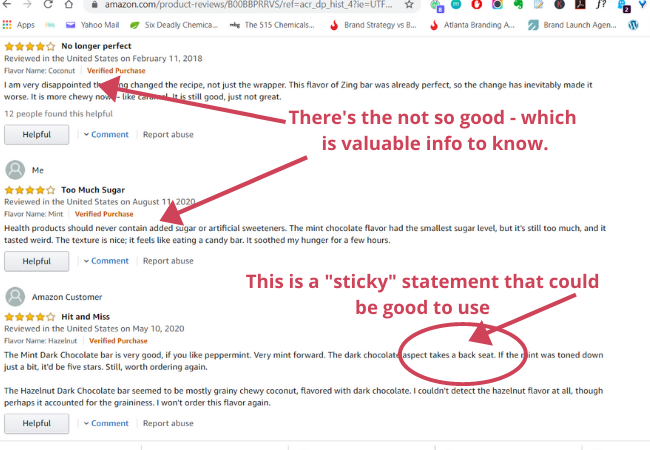
Okay, so you have the data, now what?
Your copy first needs to get their attention…and keep it…with a captivating headline. Your headline can rally your audience to keep reading down your page or turn them off, which means their leaving your page in search of another product or service that excites them.
Your headline needs to express the promise they can expect.
Like…
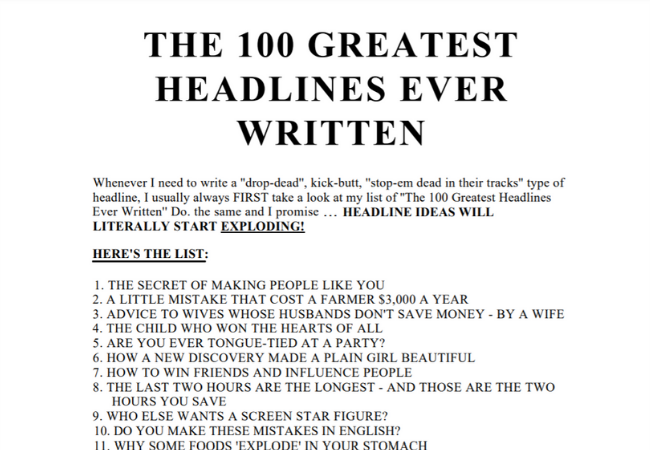
You can “swipe” a good headline and make it your own! (Never copy word for word) Here’s a link to this doc for your reference. Practice writing headlines. Write 5 new headlines for each one (with your own brand info) and see what you come up with.
Now, it’s time to write
Using the VOC you’ve gathered, the copy is going to reflect what your audience is most likely what they’re thinking and feeling.
Acknowledge the pains/issues or challenges right up front. Let your reader feel “heard” and seen before you try to solve their problem. If your reader doesn’t buy into what you’re saying, the rest won’t matter.
Use one of the tried-and true copywriting formulas to write your copy (no good copywriter starts from scratch *wink)
PAS (problem, agitation, solution) and AIDA (attention, interest, desire, action) are 2 of the most widely used copywriting formulas and are good ones to start with if you’re not planning on going into copywriting as a career, but want to write better copy that will convert your readers.
After you’ve acknowledged your reader’s challenges and help them “see” what their life would look like if they stay in their current state, then introduce the solution by painting a word picture that triggers the senses, creates an emotional connection and delivers a benefit-rich outcome so they can see WIFM (what’s in it for them.)
J Peterman (a classic if you’ve ever watched Seinfeld) has some of the BEST product pages EVER!
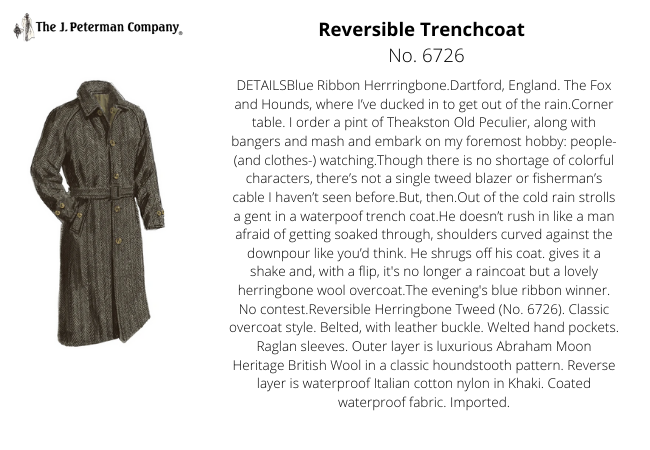
You can’t help feeling a little like Bogie after reading this.

Product and service pages convert better with a little oomph in your copy
You’ve gathered VOC, you get that headlines matter and also understand a little better about how your audience feels in their current “situation.” Now you know what you need to do to create your product pages so they sound conversational and show your brand’s personality.
If the customer can’t see their own transformation in your product or service descriptions, they’re going to move on to the next product or service…that’s not yours.

